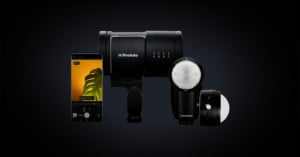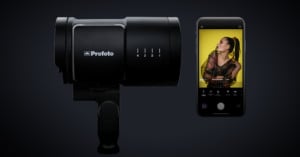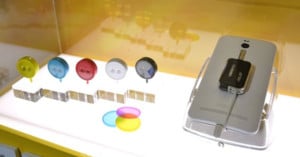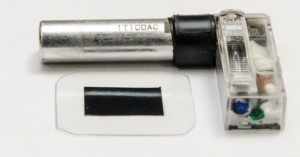
Android Smartphones Can Now Use Profoto Pro Flashes
Profoto continues to push its support for smartphones with the launch of AirX Smart-TTL support in the Profoto Camera Android app. Available now in beta, the app allows you to use select Profoto lights in combination with your Android smartphone.




